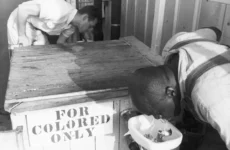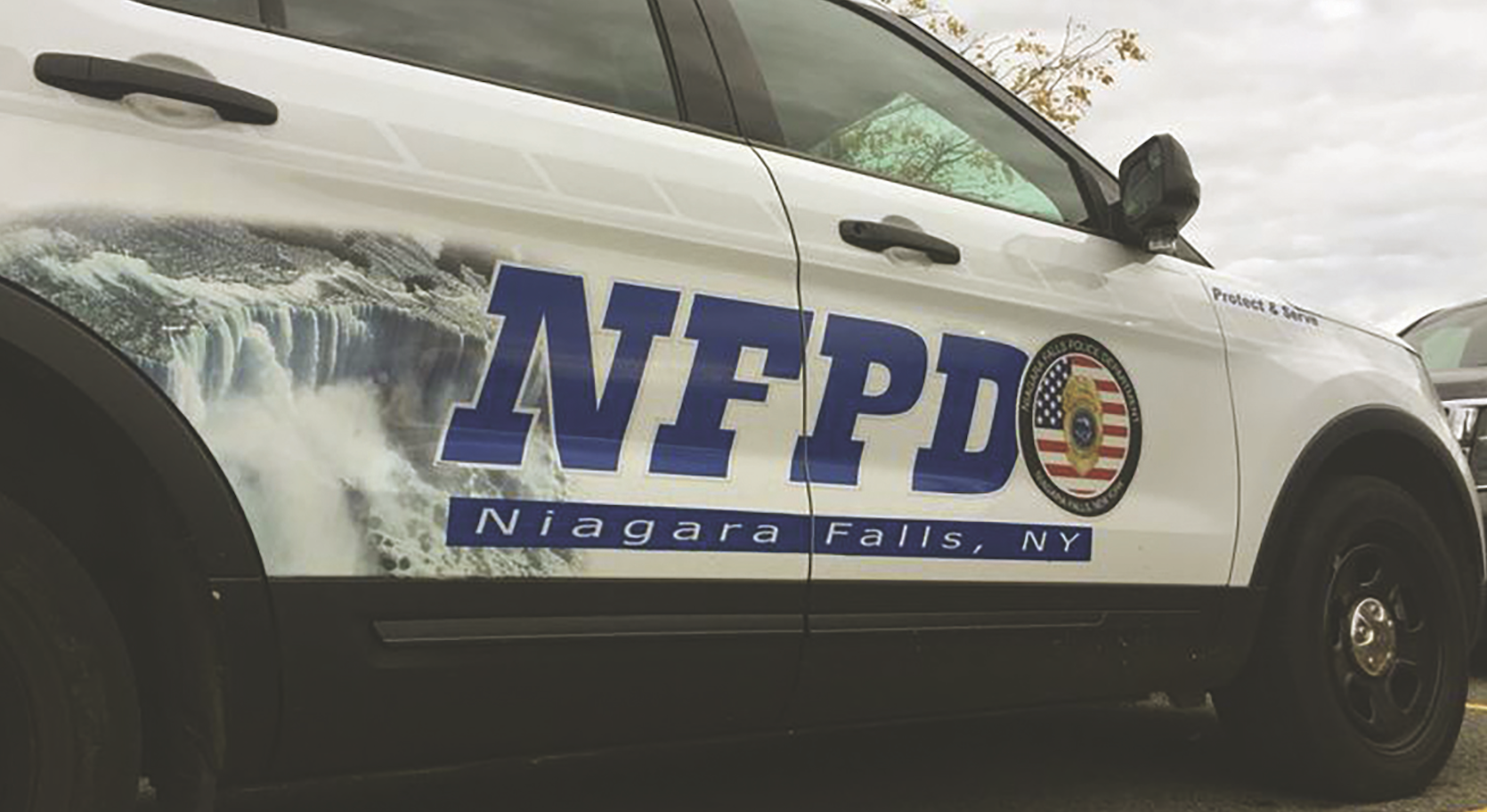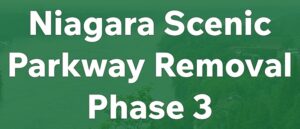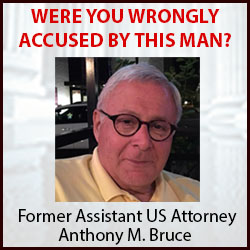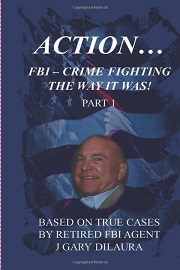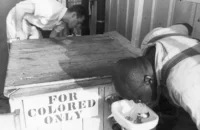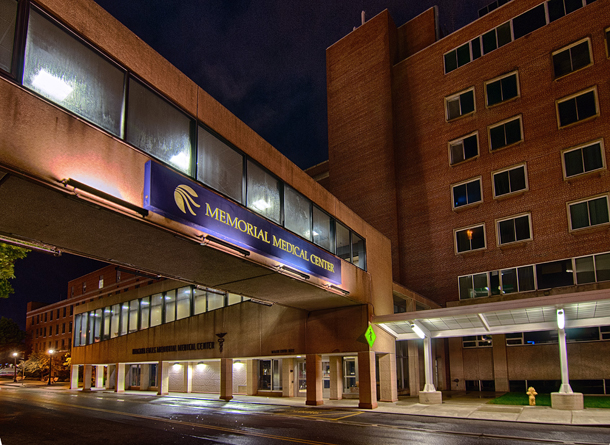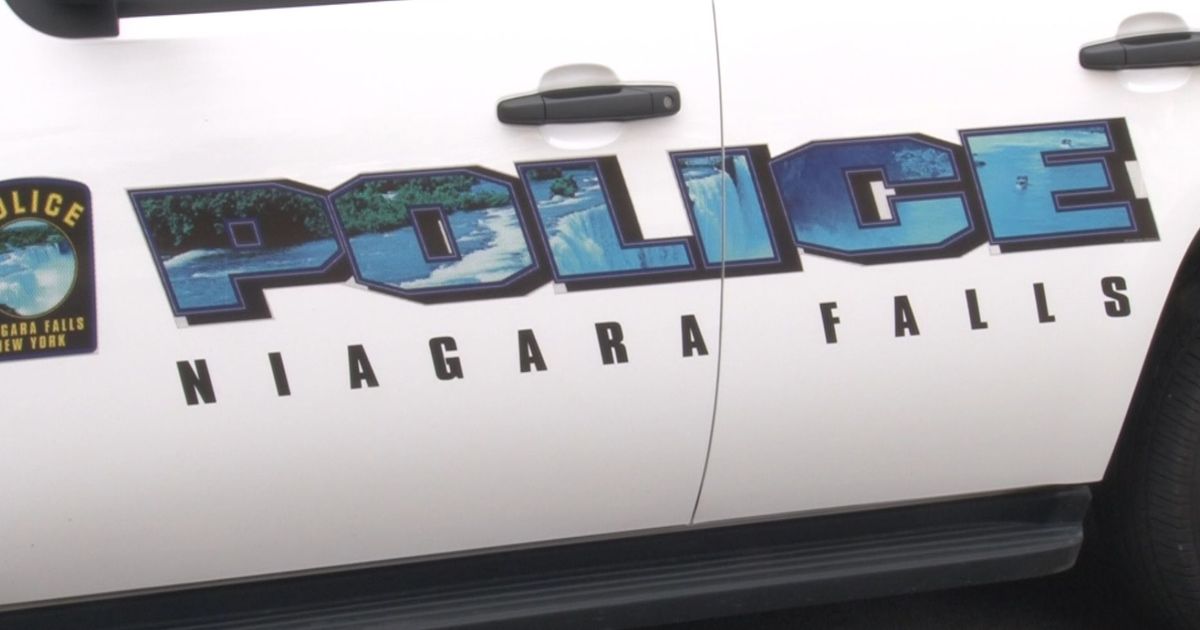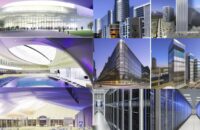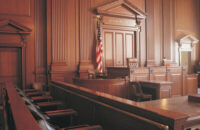Please click the link below to subscribe to a FREE PDF version of each print edition of the Niagara Reporter
http://eepurl.com/dnsYM9
By: Ken Hamilton
The Internal Revenue Service will soon be rolling out more of the details of President Trump’s Opportunity Zone initiative that was passed on December 22, 2017. The program may be a federal tax cut for investors, but it may also be a jobs program for the cities of Niagara County and its poorest neighborhoods, if done right.
According to the IRS, an Opportunity Zone is an economically-distressed community where new investments, under certain conditions, may be eligible for preferential tax treatment. The IRS goes on to say that, “Localities qualify as Opportunity Zones if they have been nominated for that designation by the state and that nomination has been certified by the Secretary of the U.S. Treasury via his delegation authority to the Internal Revenue Service.”
Apparently, several areas of Niagara Falls, North Tonawanda, Lockport and the Tuscarora Reservation have actually and sadly passed muster in those qualifications.
Highland Avenue’s Census Tract 202 is one. Others include North Main Street’s Tract 205 , which runs along the gorge and includes Mayor Paul Dyster’s home, City Hall and school board member Russ Petrozzi’s Capitol Cleaners. Tract 211 qualifies and include the Aquarium of Niagara Falls and most of the downtown tourist area. Tract 212’s area south of Pine Avenue between the 9th Street alley and 17th Street containing the NFMMC, the NACC, and the bulk of NFR’s holdings qualify; as well as Tract 217 running south of Niagara Street, east of Hyde Park and then south of Pine Avenue, and containing the bulk of the city’s heavy industrial areas have also qualified.
Additionally, North Tonawanda’s Census Tract 229, which is centered on the Oliver Street corridor between Ward & Wheatfield roads, spreading four or more blocks on either side also qualify, as does Fisherman’s and Gratwick Riverside parks, and much of the city’s industrial area. The benefits include all of the Tuscarora Reservation and most of the city of Lockport as well.
Here’s what I mean by, “if done right.”
Our cities have a propensity to believe that ‘exterior decorating’ and creating jobs are one and the same. They are not. Simply because a new industry comes into your town it isn’t a huge benefit if it doesn’t change the poverty levels of those living within the area’s borders. Those are the citizens who will circulate their wages with the existing and new businesses, raise families, send their children to school every day, and take pride in building their homes and maintaining their properties.
Similar programs have come to the city before. I know, because I was the a founder and VP of the Area One Community Preservation Corporation and its chief operating officer back in the 1980s when the Economic Development Zone came to Niagara County through our organization. Highland’s Braun Horticulture was within the 1-square mile footprint and was the 1st company to apply. While they no longer manufacture there, they are still operating as a product forwarder.
While Braun saw some successes with the program, eventually the walk-up workers from the community were replaced by suburbanites who soon parked their new pickup trucks alongside the buildings.
With the general lackluster results of the EDZ program, the 1-square mile footprint of the zone was whittled through, removing every street, sidewalk, medium, park, school, church, residential area and the likes where industry was unlikely to develop; and then the slices were then proposed to be sprinkled along the Buffalo Avenue corridor and the 47th Street and Royal Avenue-area to aid those businesses’ development.
Now, here’s the rub. The thing about which many residents have long complained is that the residents in the communities whose measurements of their poverty either created or aided in the development of the new and/or sustaining jobs weren’t mandated to be included in those companies’ payrolls.
I protested to the city council that the debit of those jobs should be credited to the people of the community from which the benefit came. Kudos to then-Councilman John Accardo who tabled the proposed distribution until he could see if my request of resident inclusion was possible. The next month, with nothing that could be done, it was off the table, voted upon and reluctantly passed.
Now some 35-years later, BOHICA, here it comes again? Not only is the Highland community far poorer than it was back then, and is still the poster child of poverty that attracts funding to the city, actually proving a need for Trump’s program, the massive poverty has sadly trickled down and through the neighborhood in which the mayor lives, and then up the river to North Tonawanda and down the Erie Canal to Lockport. The results clearly show that have to do it better this time.
And maybe this time we can actually help the people of Niagara Falls, North Tonawanda, Lockport and the Tuscarora Reservation who need it the most, taking the burden off the shoulders of those working poor who have long carried them.
Just maybe?




